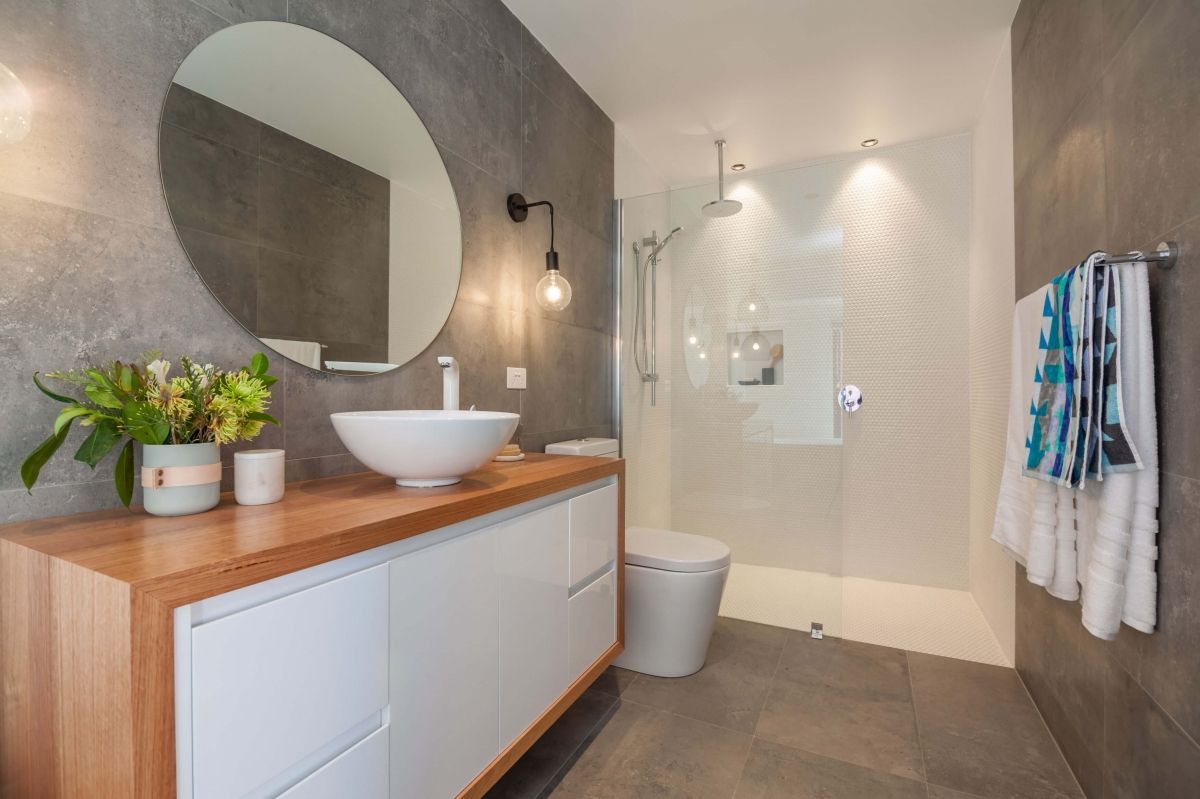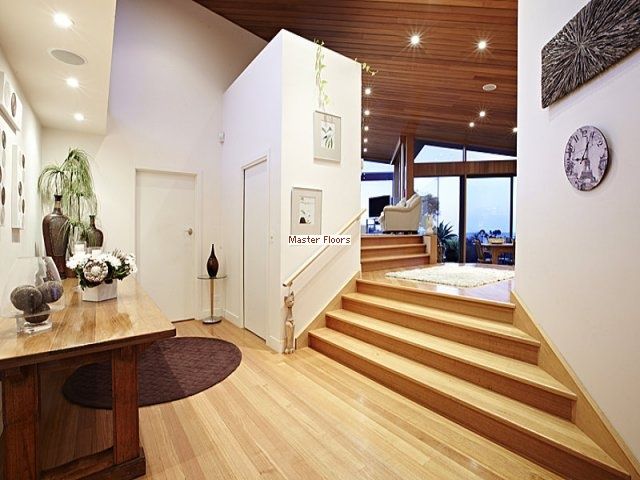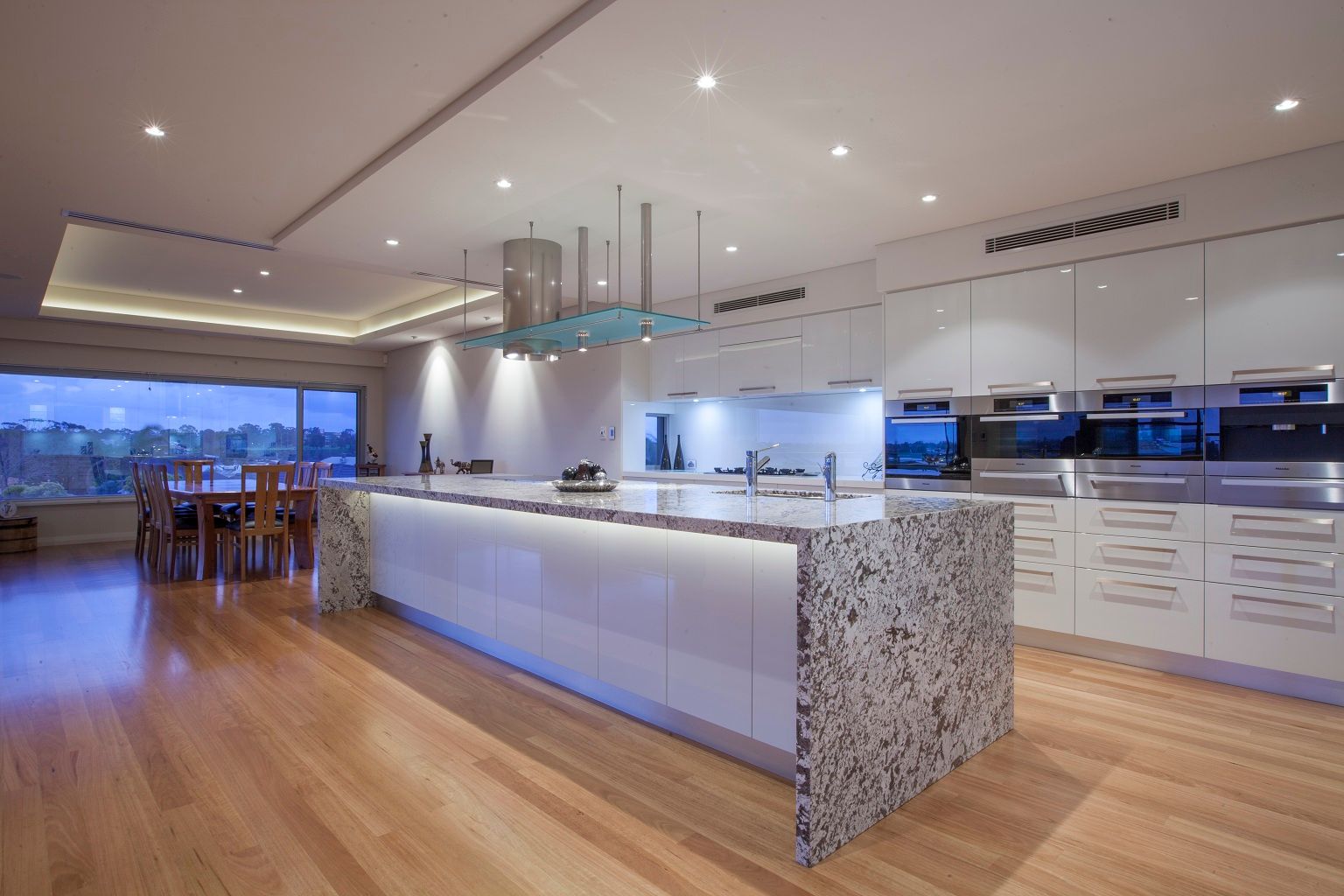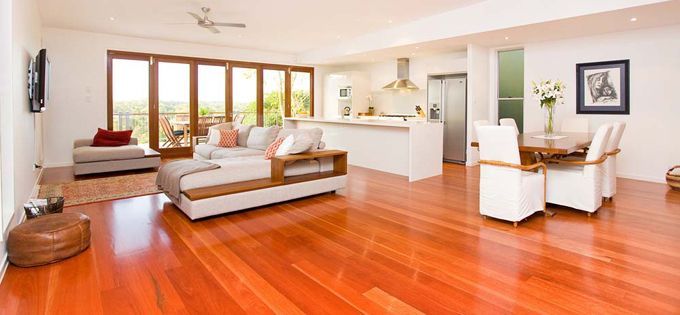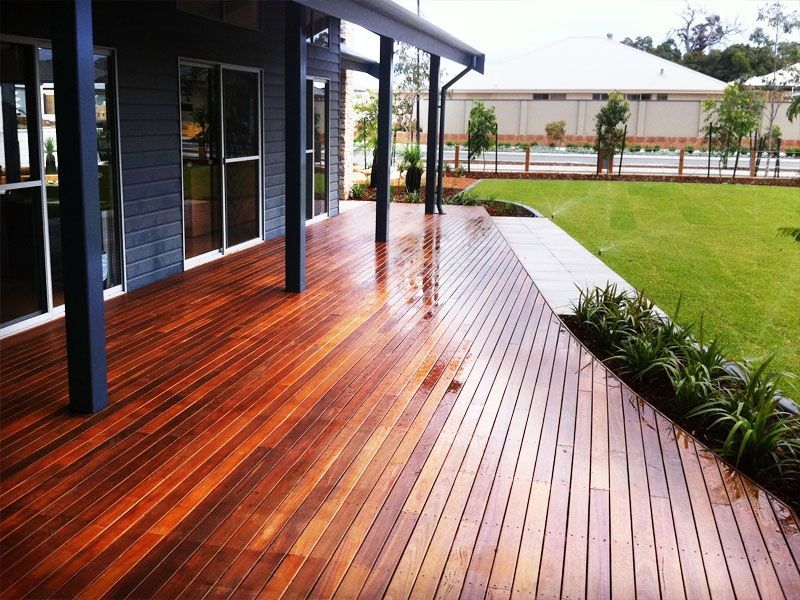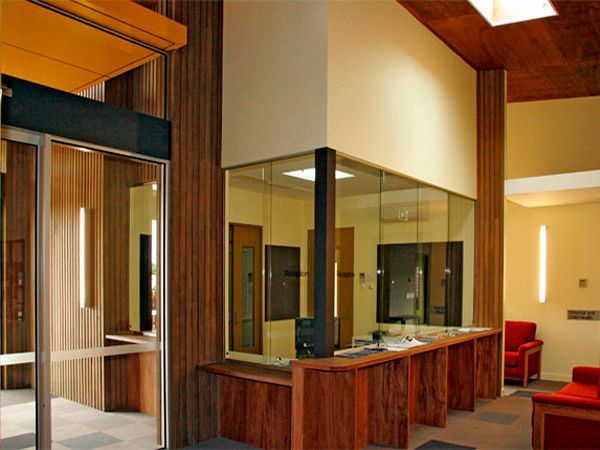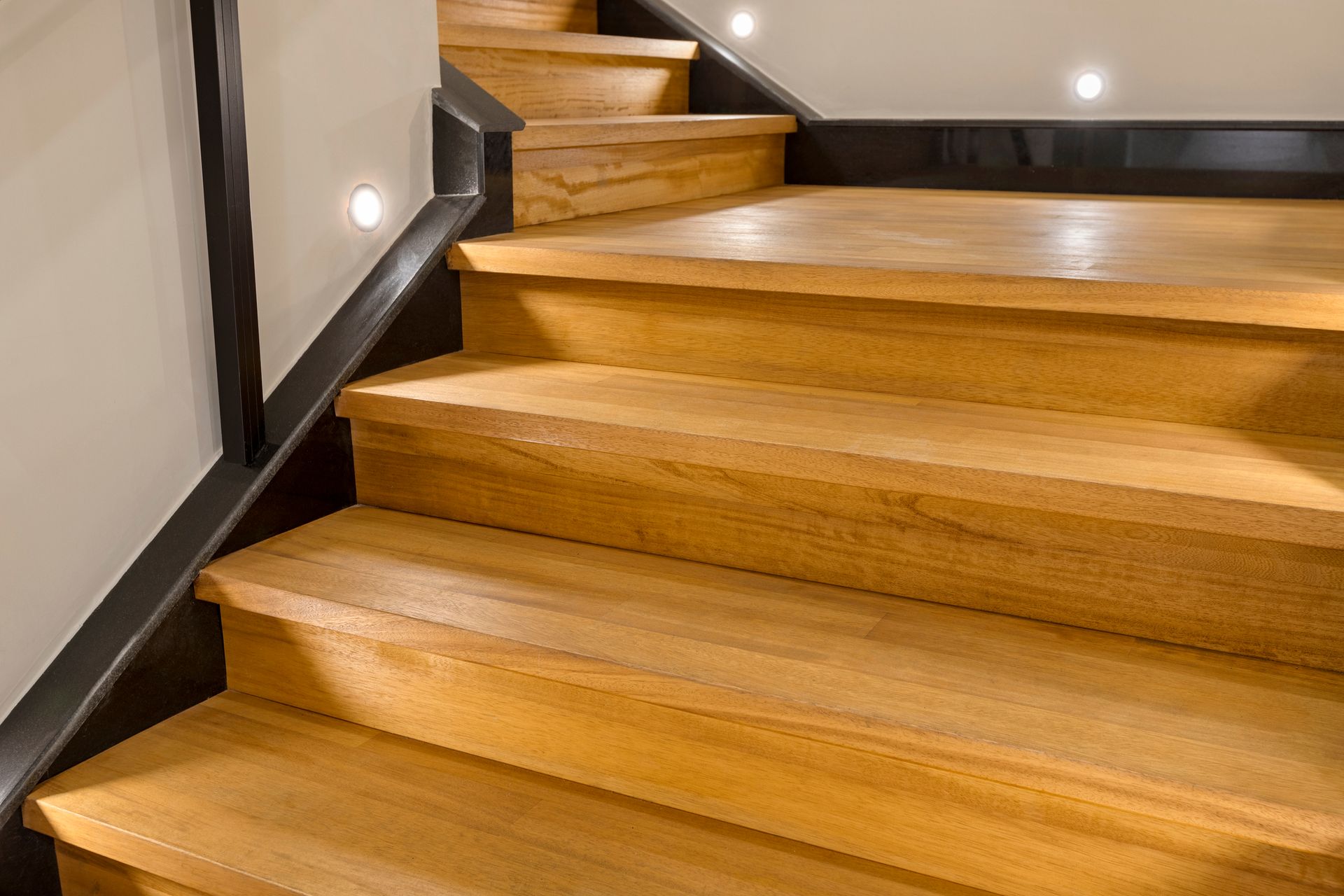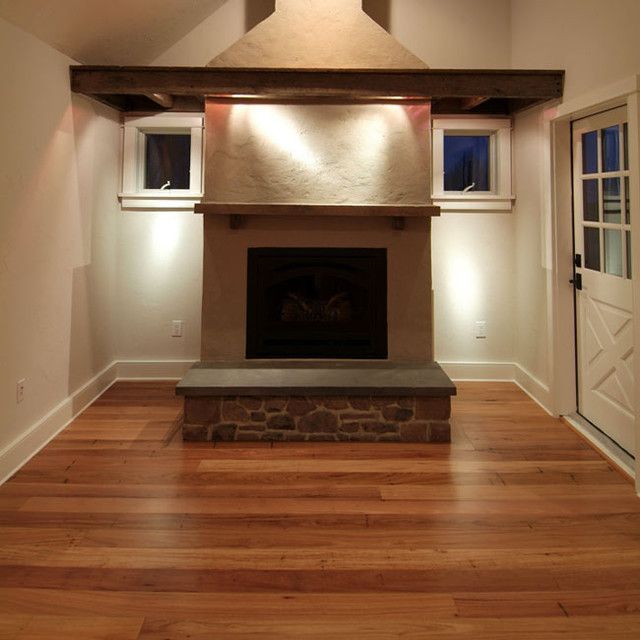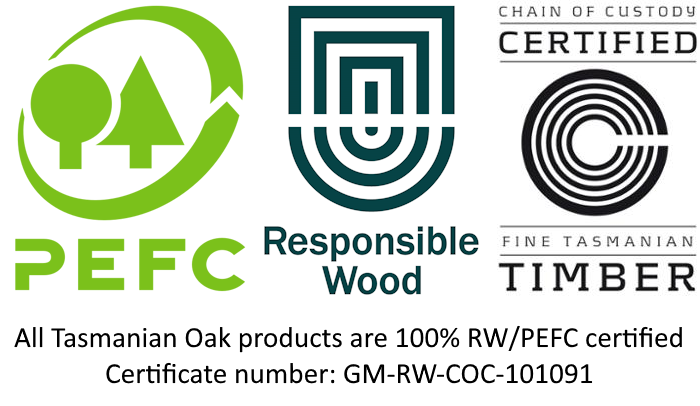Diverse Range of Australian Timber for Distinctive Designs Australia-Wide
McKay Timber proudly supplies an excellent range of Australian timber products sourced from various regions. As a trusted name in the timber industry for over 75 years, McKay Timber extends its services Australia-wide, with additional factories in Glenorchy and Prospect in Tasmania and Dandenong in Victoria. Explore the unique characteristics of Australian chestnut, blackbutt, blue gum, jarrah, silvertop ash, spotted gum, and wormy chestnut, each contributing to our commitment to delivering exceptional timber products across the nation.
Australian Timber Selection
Australian Chestnut
Australian chestnut Flooring is characterised by subtle colour variations from mellow straw brown to light chocolates. Durable eucalypts are blended to provide a sophisticated, natural beauty to any interior.
Botanical Name:
A blend of species, predominantly Eucalyptusobliqua, Eucalyptus sieberi & Eucalyptus fastigata
Origin of Timber:
Vic
BAL:
N/A
Suitability
- Cabinet Doors
- Flooring & Cladding
- Furniture
- Joinery
Technical Information
| Tangential Shrinkage | 6% |
| Radial Shrinkage | 3.5% |
| Unit Movement | N/A |
| Density per Standard | N/A |
| Modulus of Rupture | 118 MPa |
| Modulus of Elasticity | 15 GPa |
| Maximum Crushing Strength | N/A |
| Impact | N/A |
| Toughness | N/A |
| Hardness | 8 kN |
Blackbutt
Blackbutt is a coarse-textured, strain-grained timber typical of the harsh Australian coastal climate in which it thrives. It's hard and tough but relatively easily worked – qualities that have made it a popular choice for decking. Blackbutt is honey blonde coloured, and its sapwood is resistant to borers.
Heartwood is pale brown, but northern material may sometimes display a pinkish tinge. Sapwood is distinctively paler. Texture medium and even. Grain is usually straight. Gum veins are common.
Botanical Name:
Eucalyptus pilularis
Origin of Timber:
NSW, QLD
BAL:
Bushfire Attack Level 12.5, 19 & 29
All AS 3959 Required Applications
Suitability
- Doors
- Boating
- Cabinet door
- Decking and cladding
- Flooring and staircase
- Furniture
- Joinery
Technical Information
| Tangential Shrinkage | 7.3% |
| Radial Shrinkage | 4-5% |
| Unit Movement | 0.37% |
| Density per Standard | 900 kg/m3 |
| Modulus of Rupture | 144 MPa |
| Modulus of Elasticity | 19 GPa |
| Maximum Crushing Strength | 77 MPa |
| Impact | 22 joules (J) |
| Toughness | Medium 15 -25 Nm |
| Hardness | 9.1 kN |
Blue Gum
The heartwood of blue gum ranges in colour from dark pink to reddish brown. The paler sapwood is readily distinguishable. Grain is typically straight with occasional interlocking. The texture is moderately coarse, and gum veins are common.
Botanical Name:
Eucalyptus saligna
Origin of Timber:
NSW, QLD, NZ
BAL:
Bushfire Attack Levels 12.5 & 19
All AS3959 Required Applications
Suitability
- Boating
- Cabinet Door
- Decking & Cladding
- Flooring & Staircase
- Furniture
- Joinery
Technical Information
| Tangential Shrinkage | 9.5% |
| Radial Shrinkage | >5% |
| Unit Movement | 0.35% |
| Density per Standard | 850 kg/m3 |
| Modulus of Rupture | 140 MPa |
| Modulus of Elasticity | 18 GPa |
| Maximum Crushing Strength | 68 MPa |
| Impact | 18 joules (J) |
| Toughness | Medium 15-25Nm |
| Hardness | 9kN |
Jarrah
Jarrah is renowned for its rich red colours that deepen over time. The heartwood ranges from deep browns to burgundy hues. Jarrah sapwood exhibits shades from pale yellow to pink-orange. The timber displays a moderately coarse and even textured grain. The occasional incidence of wavy and interlocking grain produces some samples with a sought-after fiddle-back figure.
Botanical Name:
Eucalyptus marginata
Origin of Timber:
Western Australia
BAL:
BAL 12.5 and 19 – All AS3959 required applications, BAL 29 – Decking (in conjunction with non-combustible wall cladding and enclosed subfloor).
Suitability
- Flooring
- Lining
- Decking
- Cladding
- Furniture
- Stairs
- Joinery
Technical Information
| Tangential Shrinkage | 7.4% |
| Radial Shrinkage | 4-5% |
| Unit Movement | 0.3% |
| Density per Standard | 800 kg/m3 |
| Modulus of Rupture | 112 MPa |
| Modulus of Elasticity | 13 GPa |
| Maximum Crushing Strength | 61 MPa |
| Impact | 10 joules (J) |
| Toughness | Low – up to 15 Nm |
| Hardness | 8.5 kN |
Silvertop Ash
Silvertop ash has a narrow sapwood, which is not clearly distinguishable from its heartwood. The heartwood is brown and sometimes pinkish in colour and often features the grain interlocked with growth rings. With a medium texture, silvertop ash is also recognisable by the common occurrence of gum veins, the markings of pinhole borers and pencil streaks.
Botanical Name:
Eucalyptus sieberi
Origin of Timber:
NSW, VIC, TAS
BAL:
Bushfire Attack Level 12.5, 19 & 29
All AS3959 Required Applications
Suitability
- Flooring
- Furniture
- Joinery
- Decking & Cladding
Technical Information
| Tangential Shrinkage | 10.6% |
| Radial Shrinkage | >5% |
| Unit Movement | 0.36% |
| Density per Standard | 850 kg/m3 |
| Modulus of Rupture | 136 MPa |
| Modulus of Elasticity | 17 GPa |
| Maximum Crushing Strength | 70 MPa |
| Impact | 20 joules (J) |
| Toughness | Medium 15-25 Nm |
| Hardness | 9.5 kN |
Spotted Gum
Spotted gum is a tough timber that has been weathered by harsh conditions. This weathering produces spotted gum's unique characteristics: gum veins and a wavy grain, which results in a 'fiddleback' effect. Architects and Specifiers favour spotted gum for its individuality and stunning colour palette, which ranges from light browns to dark reds. It is also known as lemon-scented gum.
Botanical Name:
Corymbia maculata
Origin of Timber:
NSW, VIC, QLD, Oceania
BAL:
Bushfire Attack Level 12.5, 19 & 29
All AS3959 Required Applications
Suitability
- Boating
- Cabinet Door
- Decking & Cladding
- Flooring & Staircase
- Furniture
- Joinery
Technical Information
| Tangential Shrinkage | 6.1% |
| Radial Shrinkage | 3-4% |
| Unit Movement | 0.38% |
| Density per Standard | 1100 kg/m3 |
| Modulus of Rupture | 150 MPa |
| Modulus of Elasticity | 23 GPa |
| Maximum Crushing Strength | 75 MPa |
| Impact | 24 joules (J) |
| Toughness | High – 25Nm and above |
| Hardness | 11 kN |
Wormy Chestnut
No two pieces of Australian wormy chestnut are ever the same.
Deep in the forests of Southern Eastern Australia, the trees are affected by bushfires, years of drought, attacks by insects, and the occasional flood and winds so strong that the trees stunt their growth to cope with the environment. It is from these trees that the Australian wormy chestnut is born, with each piece showing nature's signature. Deep red gum veins formed by fire, ambrosia beetle marks, pin holes and squiggly worm marks are all reflected in Australian wormy chestnut.
Botanical Name:
A blend of species, predominantly Eucalyptus oblique, Eucalyptus sieberi & Eucalyptus fastigata
Origin of Timber:
South-East Australia
BAL:
Not Available
From the rugged beauty of blackbutt to the elegance of blue gum, McKay Timber offers the best in Australian timber. Dive into our selection now.

